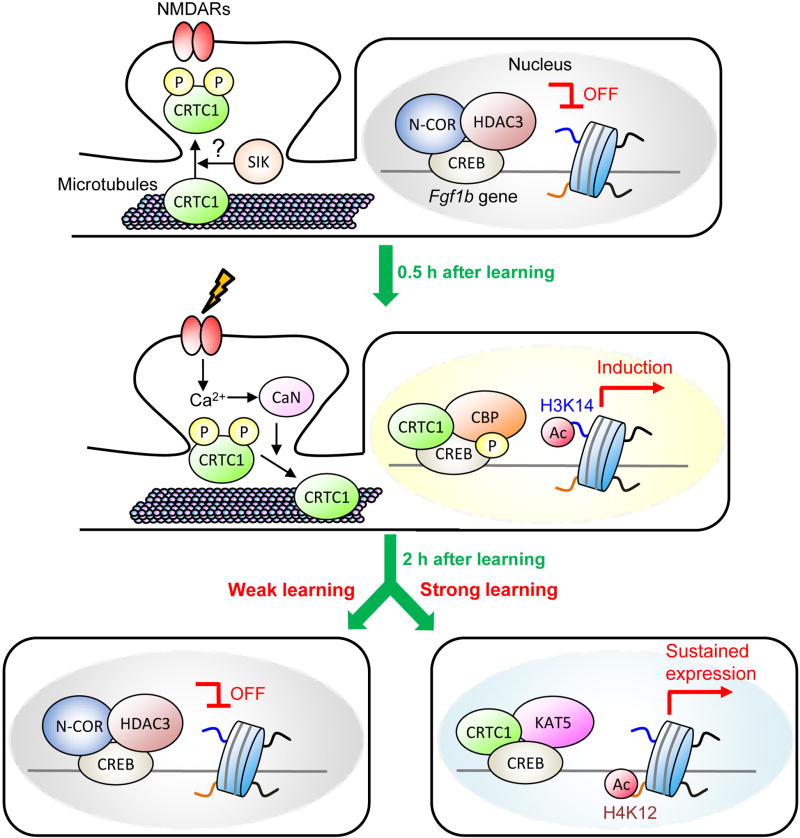Figure 3. Proposed model how CRTC1 controls Fgf1b transcription and enhances memory.
Under basal conditions, CRTC1 is phosphorylated and anchored to the synapses and dendrites. In the nucleus, HDAC3–N-CoR complex represses Fgf1b transcription. Upon learning (both weak and strong learning), Ca2+ signal potentiate CRTC1 dephosphorylation via activation of calcineurin (CaN). Dephosphorylated CRTC1 translocates to the nucleus, where it binds to phosphorylated CREB (pCREB) and histone acetyltransferases (CBP) and enhances Fgf1b gene transcriptional activity by increasing the acetylation of H3K14 on its promoter. These molecular events are terminated at 2h following weak training (e.g., one foot-shock contextual fear conditioning). Conversely, strong training (e.g., three foot-shock contextual fear conditioning) maintains nuclear localization of CRTC1 and upregulates Fgf1b transcription independently of pCREB even 2 h after learning by enhancing H4K12 acetylation via KAT5 recruitment to its promoter region. Learning-induced KAT5 recruitment acetylates H4K12 on the Fgf1b promoter, thereby enhancing synaptic plasticity and memory formation. P: phosphorylation; Ac: acetylation.

